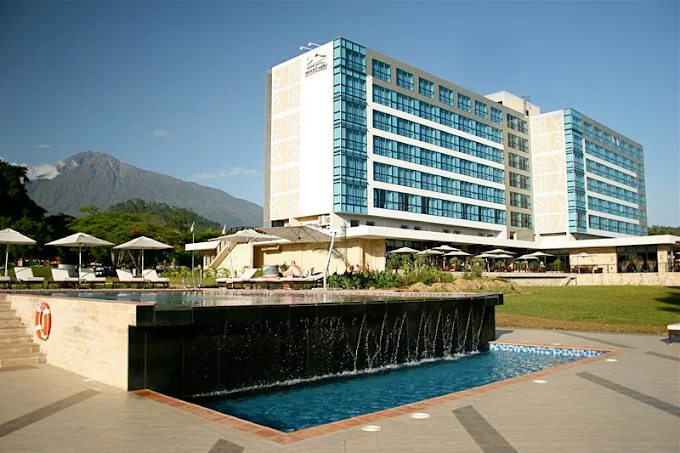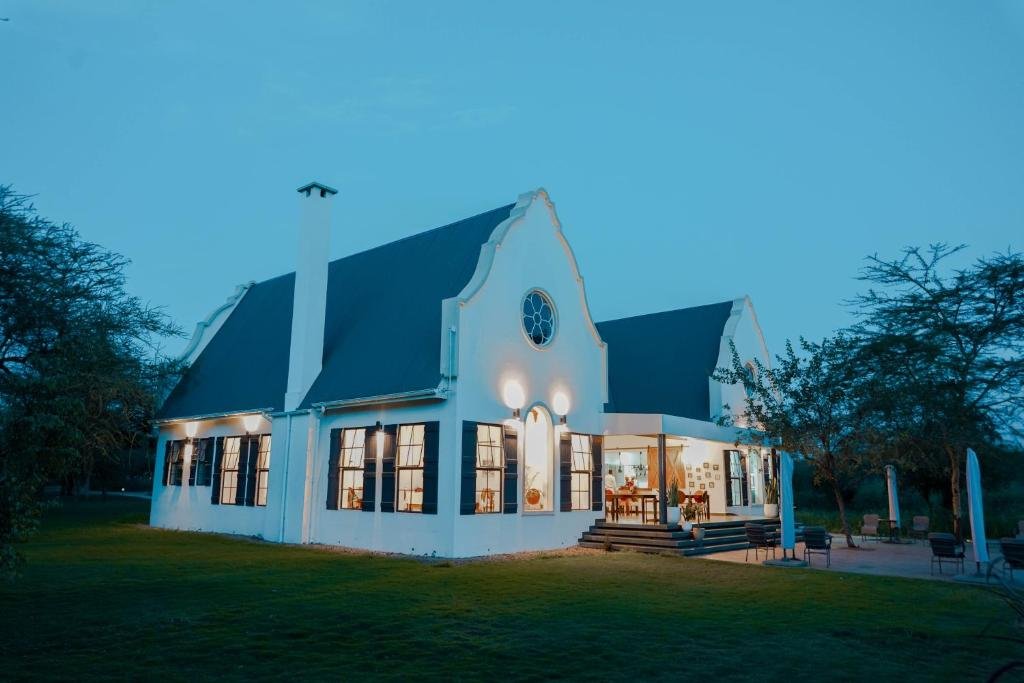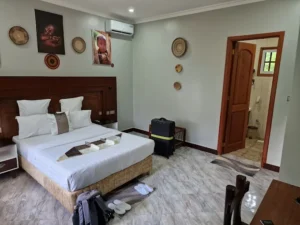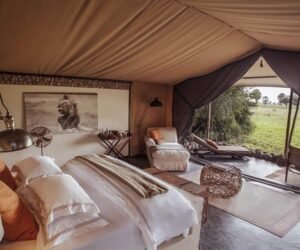Mount Kilimanjaro National Park FAQs

Mount Kilimanjaro National Park is a protected area in Tanzania that encompasses Mount Kilimanjaro, the tallest mountain in Africa. It is known for its diverse ecosystems and stunning natural beauty.
The park is located in northeastern Tanzania, near the border with Kenya. It is about 300 kilometers (186 miles) south of the equator.
Mount Kilimanjaro stands at 5,895 meters (19,341 feet) above sea level, making it the highest freestanding mountain in the world.
Yes, you need a permit to climb Mount Kilimanjaro, and these permits can be obtained through tour operators who are authorized to lead treks in the park.
There are several routes to the summit of Mount Kilimanjaro, with the Marangu, Machame, and Lemosho routes being some of the most popular. Each route offers a unique experience and different scenery.
The best time to climb Kilimanjaro is during the dry season, which typically runs from June to October and from December to February. These months offer the best weather conditions for a successful climb.
The duration of the climb varies depending on the route chosen, but most treks take between 5 to 9 days to reach the summit and descend.
While you don’t need to be an elite athlete, a reasonable level of fitness is recommended. The altitude and long hours of hiking can be physically demanding, so it’s essential to be adequately prepared.
- The park is home to a variety of wildlife, including elephants, buffaloes, leopards, and various species of monkeys. However, most wildlife resides at lower altitudes, and trekkers are more likely to encounter unique vegetation and birdlife at higher elevations.
Yes, there are huts and campsites along the various trekking routes. However, accommodations can range from basic to more comfortable, depending on the route and tour operator.
– With proper preparation, an experienced guide, and following safety guidelines, climbing Kilimanjaro is generally considered safe. However, altitude-related illnesses can pose a risk, so it’s crucial to acclimatize properly and be aware of the symptoms.
– Yes, you’ll need proper hiking gear, including warm clothing, a good-quality sleeping bag, and hiking boots, among other items. It’s advisable to check with your tour operator for a comprehensive packing list.
– You must climb Mount Kilimanjaro with a licensed guide and a tour operator. Independent climbing is not allowed to ensure the safety of trekkers.
The cost of permits and fees varies depending on the route and the number of days. Be sure to check with your chosen tour operator for the most up-to-date information on fees.
– There is no strict age limit, but climbers should be in good health and physically capable of handling the demands of the trek. Minors may need parental consent.




